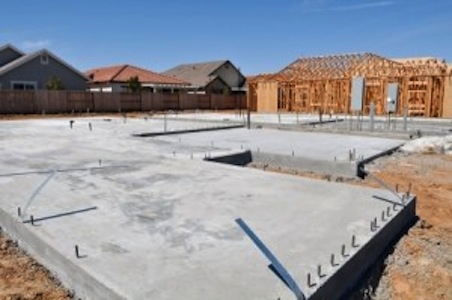Welcome to our in-depth exploration of a fascinating concept in architecture and design: the “floor in the core.” As someone who has experienced the transformational impact of design, I’m excited to share insights that can help you navigate the complexities of this topic.
What is Floor in the Core?
The “floor in the core” concept primarily refers to the structural and aesthetic elements of building design focused around the central axis of a structure. This design element not only serves a functional purpose but also enhances the overall aesthetic appeal of the space.
Understanding the Structural Importance
In any building, the core is often where essential utilities like elevators, stairs, and mechanical systems are housed. The way the floor integrates with this core can significantly affect the stability and usability of the building.
Core Elements in Building Design
- Elevators
- Stairs
- HVAC systems
- Electrical systems
Benefits of Incorporating a Floor in the Core
- Efficiency: Maximizes usable space.
- Accessibility: Creates a central hub for movement.
- Aesthetic Appeal: Offers unique design opportunities.
| Benefit | Description |
|---|---|
| Maximized Usable Space | More area available for productive use. |
| Improved Aesthetics | Allows for creative design elements. |
| Structural Integrity | Enhances overall building stability. |
.jpg)
Design Styles to Consider
When planning a floor in the core, various design styles can be employed. Understanding these styles helps in making informed choices that align with your vision.
Modern Minimalism
This style focuses on simplicity, employing an open floor plan that embraces natural light. A floor in the core design can create a seamless flow, allowing for unobstructed movement and enhanced visibility.
.jpg)
Industrial Chic
Characterized by raw materials, this style can use floors that integrate with exposed structural elements, adding character and style.
Comparison of Design Styles
| Design Style | Key Features | Pros | Cons |
|---|---|---|---|
| Modern Minimalism | Open space, natural light | Timeless appeal, spacious feel | Can feel cold without personalization |
| Industrial Chic | Raw materials, exposed elements | Unique character, trendy | May require more maintenance |
.jpg)
Personal Experience: Implementing Floor in the Core
Having recently renovated my own space, I learned valuable lessons while integrating a floor in the core. My focus was on blending aesthetics with functionality. Each decision, from material selection to layout, had a profound impact on the final result.
Key Takeaways from My Renovation
- Plan ahead: Understanding the core elements early on helps streamline the design process.
- Choose materials wisely: The right materials can enhance both the look and durability.
- Think about flow: How people will move through the space can make or break the design.

Challenges of Incorporating Floor in the Core
While there are many benefits, challenges can arise in this design approach. Awareness of these pitfalls can significantly improve your remodeling or building project.
Common Challenges
- Cost: More complex designs often require a larger budget.
- Space Limitations: Smaller buildings may face logistical issues.
- Design Consistency: Maintaining a cohesive look can be tricky.

Pros and Cons Summary
| Pros | Cons |
|---|---|
| Efficient space usage | Higher costs associated |
| Enhanced access | Requires careful planning |
| Improved aesthetics | Complexity in design |
FAQs about Floor in the Core

What materials are best for a floor in the core design?
Common materials include concrete, wood, and tile, each offering unique benefits depending on the overall design intent.
How do I determine the best floor layout?
Consider traffic patterns and functional needs when planning the layout of your space. A professional designer can also offer valuable insights.
Is floor in the core suitable for residential homes?
Absolutely! Many modern homes embrace this concept to create spaces that are both functional and stylish.
Can floor in the core designs be cost-effective?
Yes, with careful planning and material selection, a floor in the core can be designed to fit a variety of budgets.